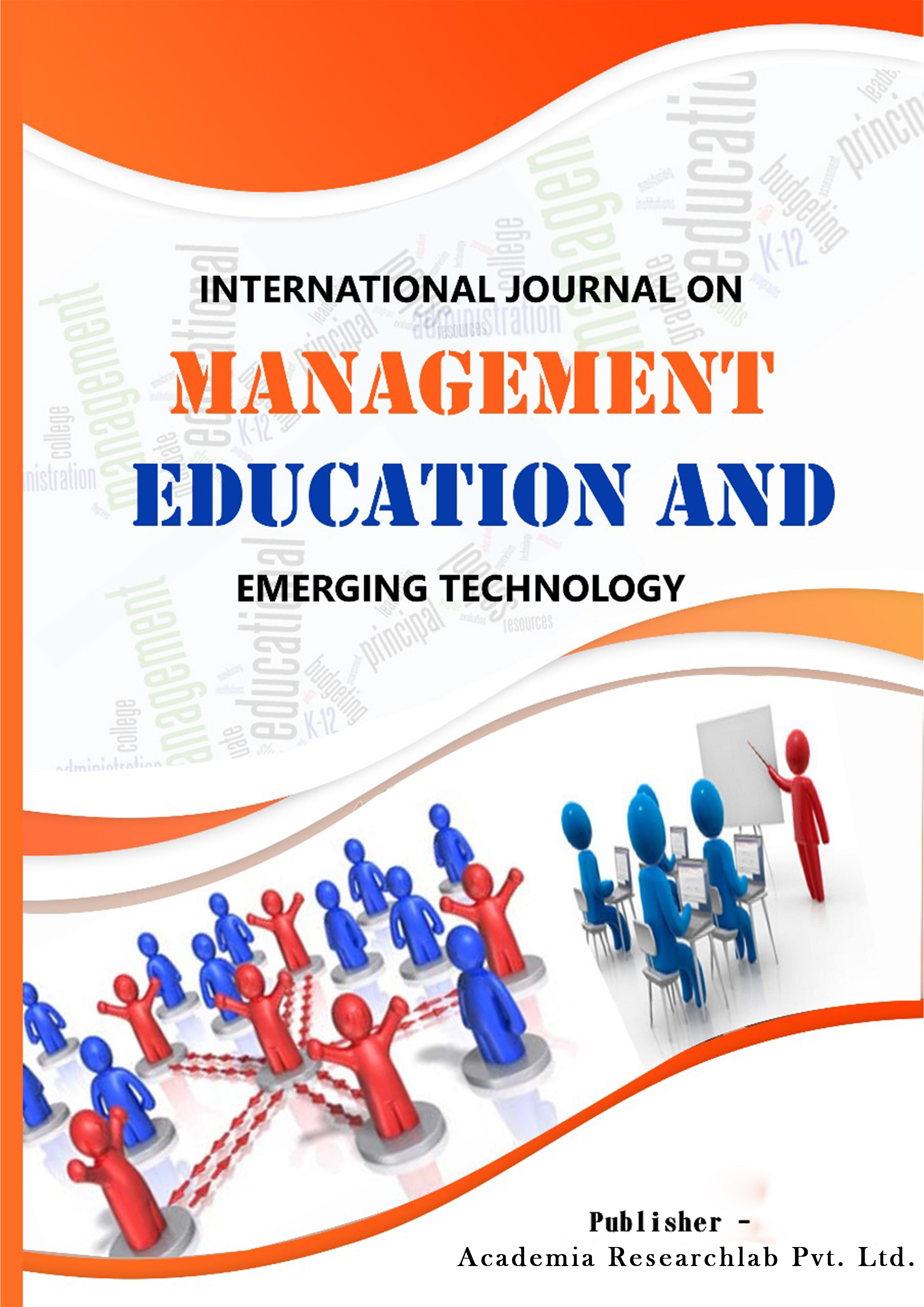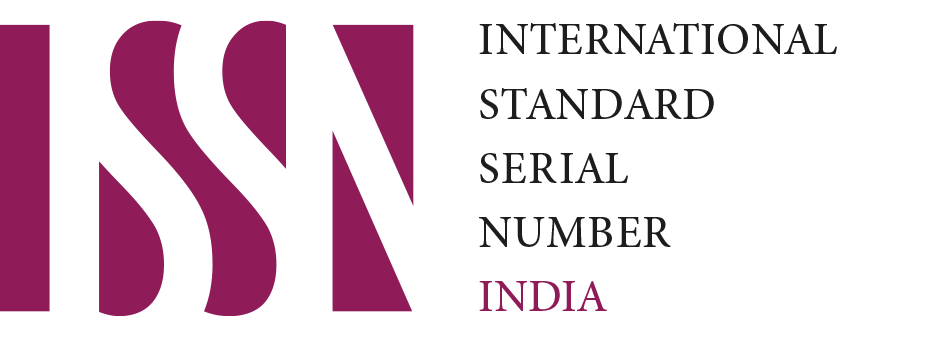The India-China Tiktok Case: A Question On Youth's Freedom Of Expression And The Limits Of Cultural Tolerance
Keywords:
India, Tiktok Ban, Culture, Youth, Freedom of ExpressionAbstract
The authors explore the intricacies of TikTok's restriction in India, emphasizing its connection with China and the resulting regulatory and policy implications. TikTok, a leading digital platform, has been utilized by Indian youth as a means of self-expression, mostly through short films. This inquiry explores the effects of TikTok on many sociocultural aspects by using a multicultural approach. It also looks into efforts to discover alternatives and promote collaboration between India and China. By examining reputable media sources and published works, the authors' research has uncovered intricate details about the reasons for the ban. These results have had an impact on how users behave and how Indian culture is shared worldwide.
References
Bansal, V. (2020, July 6). India’s TikTok shutdown has left careers and fortunes in tatters. Wired. https://www.wired.co.uk/article/tiktok-india-ban
BBC Newsround (2020, July 3). Why has TikTok been banned in India?BBC Newsround. https://www.bbc.co.uk/newsround/53266068
Bhandari, A., & Bimo, S. (2020). TikTok and the “Algorithmized self”: A new model of online interaction.
Selected Papers of Internet Research. https://doi.org/10.5210/spir.v2020i0.11172
Bhutani, S. S. (2020, September 11). Dailyhunt launches ‘JOSH’ app: Creator-first, consumer-focused and content-forward. BW Businessworld. https://www.businessworld.in/article/Dailyhunt-launches-JOSH- app-Creator-first-consumer-focused-and-content-forward/11-09-2020-318555/
Chakravarti, A. (2021, July 2). A year since TikTok ban, Indian TikTokers narrate how their lives were impacted. India Today. https://www.indiatoday.in/technology/features/story/a-year-since-tiktok-ban- indian-tiktokers-narrate-how-their-lives-were-impacted-1823024-2021-07-02
Chapple, C. (2020). TikTok Crosses 2 Billion Downloads After Best Quarter for Any App Ever.
SensorTower.https://sensortower.com/blog/tiktok-downloads-2-billion
Columbia Global Freedom of Expression. (2015, June 16). Shreya Singhal v. Union of India - Global Freedom of Expression. Global Freedom of Expression. https://globalfreedomofexpression.columbia.edu/cases/shreya-singhal-v-union-of-india/
D’Souza, D. (2023). TikTok: What It Is, How It Works, and Why It is Popular. Investopedia. https://www.investopedia.com/what-is-tiktok-4588933
Dieterich, C. (2022, July 11). Following TikTok ban, homegrown alternatives keep Indians scrolling on their smartphones. Le Monde. https://www.lemonde.fr/en/international/article/2022/07/10/following-the- tiktok-ban-homegrown-alternatives-keep-indians-scrolling-on-their-smartphones_5989690_4.html
Galeotti, A. E. (2014). The range of toleration. Philosophy & Social Criticism. https://doi.org/10.1177/0191453714559424
Garg, S. (2023, July 20). Unpacking the impact of the TikTok ban on local content creators and the rise of Indianized social media apps. https://dx.doi.org/10.7302/7932
Iyengar, R. (2020, August 13). This is what it’s like when a country actually bans TikTok. CNN Business. https://edition.cnn.com/2020/08/13/tech/tiktok-ban-trump-india/index.html
Jain, P., Arakkal, J. (2022, November 20). Perceived Popularity of TikTok among Gen-Z. Cardiometry. https://doi.org/10.18137/cardiometry.2022.24.896902
Jash, A. (2022). India–China boundary dispute: progress on disengagement, but de-escalation remains far- fetched. ResearchGate.
https://www.researchgate.net/publication/364720174_India- China_Boundary_Dispute_Progress_on_Disengagement_but_De-escalation_Remains_Far-fetched
Javaid, A. (2020, July 6). Roposo App: What is it, how to download, languages, channels, features, user base and more. Jagran Josh. https://www.jagranjosh.com/general-knowledge/roposo-app-1593067492-1
Khaleej, T. (2022, January 11). India: Homegrown apps dominate Indian tech scape to replace TikTok. ACE Times. https://www.zawya.com/en/business/india-homegrown-apps-dominate-indian-tech-scape-to- replace-tiktok-jp60m79n
Kumar, A., & Thussu, D. (2023). Media, digital sovereignty, and geopolitics: the case of the TikTok ban in India. Media, Culture & Society. https://doi.org/10.1177/01634437231174351
Madlani, B., & Joshi, S. (2022, April 6). Impact of Ban of Chinese Apps on Markets of Apps in India. Indian Scientific Journal of Research in Engineering and Management. https://doi.org/10.55041/ijsrem11851 Mishra, M., Yan, P. & Schroeder, R. (2022). TikTok Politics: Tit for Tat on the India–China Cyberspace
Frontier. International Journal of Communication. https://ijoc.org/index.php/ijoc/article/view/17771 Nextias (2023, February 9). Section 69(A) of IT Act - Current Affairs. Current Affairs - NEXT IAS.
%20resource.
Pahwa, N. (2020, August 07). What Indians Lost When Their Government Banned Tiktok. Slate. https://slate.com/technology/2020/08/tiktok-india-ban-china.html
Quinn, (2020). Ethics for the information age (8th ed.). Pearson. https://www.pearson.com/en-us/subject- catalog/p/ethics-for-the-information-age/P200000003489/9780135217979
Roth, R., Ajithkumar, P., Natarajan, G., Achuthan, K., Moon, P., Zinzow, H. M., & Madathil, K. C. (2021). A study of adolescents’ and young adults’ TikTok challenge participation in South India. Human Factors in Healthcare.https://doi.org/10.1016/j.hfh.2022.100005
Song, L. & Ray, A. (2023). “How can a small app piss off an entire country?”: India’s TikTok ban in the light of everyday techno-nationalism. Inter-Asia Cultural Studies. https://doi.org/10.1080/14649373.2023.2209424
Technische Universität Berlin. (n.d.). Description of the Systematic Literature Review Method.https://www.tu.berlin/en/wm/bibliothek/research-teaching/systematic-literature- reviews/description-of-the-systematic-literature-review-method
Turney, S., (2023, November 20). Systematic Review | Definition, Example & Guide. Scribbr. https://www.scribbr.com/methodology/systematic-review/
Verkuyten, M., Yogeeswaran, K. & Adelman, L. (2020). The negative implications of being tolerated: Tolerance from the target’s perspective. Perspectives on Psychological Science. https://doi.org/10.1177/1745691619897974
Additional Files
Published
How to Cite
Issue
Section
License
Copyright (c) 2024 International Journal on Management Education and Emerging Technology(IJMEET)

This work is licensed under a Creative Commons Attribution-NonCommercial-NoDerivatives 4.0 International License.





